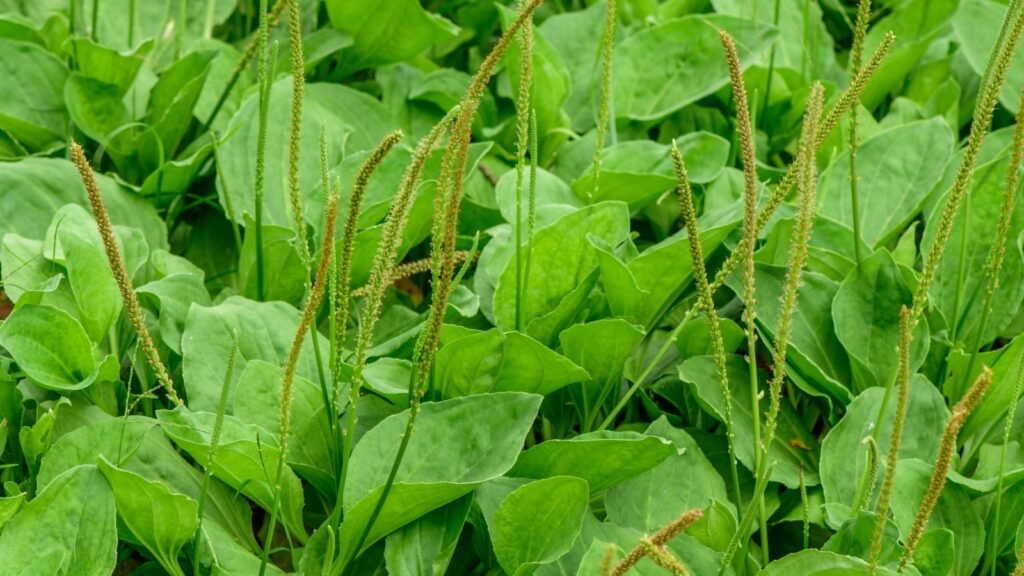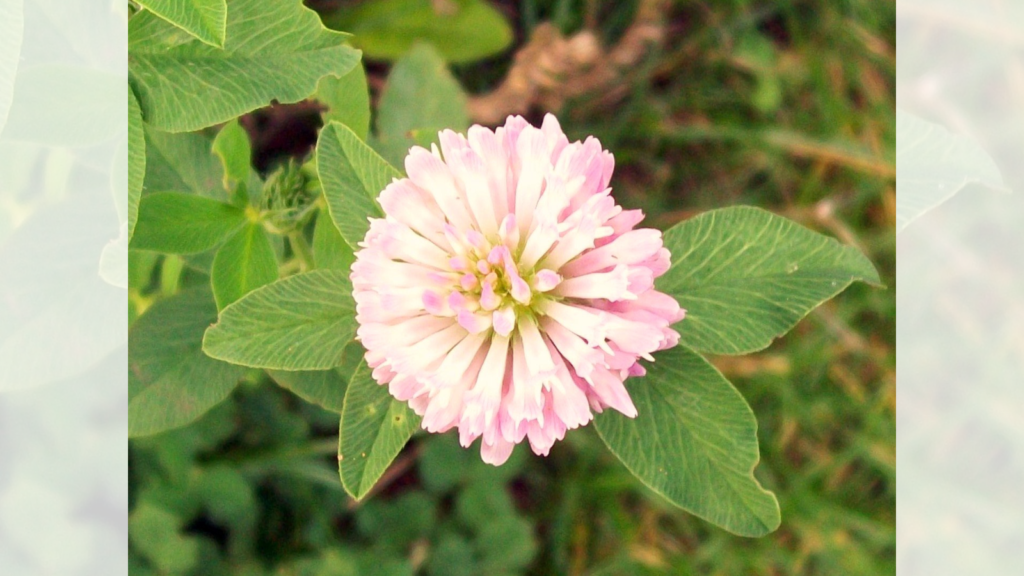When you’re in the heart of the city and things go sideways, having access to emergency food sources is critical. While many people focus on stockpiling canned goods or long-lasting foods, there’s a whole world of wild edibles hidden in plain sight, even in urban environments. Knowing where to look and what to grab can make a huge difference when traditional food sources dry up. Here are 27 emergency foods you can forage in the city, all of them readily available and, with a bit of knowledge, life-saving in a pinch. Plus, foraging is a great way to boost your available food when you’re working with a tight budget. It’s also one of my favorite and satisfying outdoor activities.
1. Dandelions

Dandelions are everywhere. The entire plant is edible, from the roots to the flowers. The leaves can be eaten raw in a salad or cooked, and they’re rich in vitamins A, C, and K. The flowers can be fried or added to teas, while the roots can be dried and used as a coffee substitute. Dandelions are one of the most accessible plants, growing in yards, vacant lots, and cracks in the pavement. Encourage them to grow in your yard and you’ve got a steady supply right outside your door.
2. Plantain

This low-growing weed pops up in cracks in sidewalks and parks. Its leaves are packed with nutrients and can be eaten raw or cooked. Plantain also has medicinal uses; it’s known for treating wounds, insect bites, and even burns. It’s hardy and can survive in many different soil types, making it a reliable food source year-round.
3. Clover

Both red and white clovers are commonly found in grassy areas. The flowers can be eaten raw, dried for teas, or even ground into flour. They’re a great source of protein, which is especially valuable when food is scarce. Clover also improves soil fertility, so it tends to grow in disturbed or nitrogen-poor soils, common in urban areas.
4. Wood Sorrel

Wood sorrel looks a lot like clover but has a sour, lemony taste due to the oxalic acid. You’ll find it in parks or shaded areas. The leaves, flowers, and seed pods are all edible, but it’s best to eat in moderation because too much oxalic acid can cause stomach issues. It’s highly recognizable thanks to its heart-shaped leaves and bright yellow or white flowers.
5. Wild Onions

If you spot grass-like plants with a strong onion or garlic smell, you’ve likely found wild onions. They’re easy to spot and are an excellent flavor enhancer for your foraged meals. The bulbs and leaves are both edible and can be used in soups or stews. Wild onions can be found in sunny areas of parks or along the edges of sidewalks.
6. Purslane

Purslane is a succulent that thrives in disturbed soil, like along sidewalks and garden edges. It’s one of the best plant-based sources of omega-3 fatty acids and can be eaten raw or cooked. It has a slightly salty flavor, which works well in salads or stir-fries. Purslane is drought-tolerant, so it can be found even in dry urban areas where other plants struggle.
7. Lamb’s Quarters

Often mistaken for a weed, lamb’s quarters are actually related to spinach and are highly nutritious. The leaves are packed with vitamins and minerals and can be used like spinach in any dish. You’ll usually find it in waste areas or neglected parts of the city. It’s especially rich in calcium, iron, and protein, making it a valuable survival food.
8. Chickweed

Chickweed is another common weed found in shady, moist areas. It has small white flowers and can be eaten raw in salads or cooked like spinach. It’s loaded with nutrients and makes for a light, fresh-tasting addition to your diet. Its high moisture content means it wilts quickly, so it’s best eaten right after harvesting.
9. Nettles

Nettles may be painful to touch, but they’re a powerhouse of nutrition. Once cooked, the stinging sensation disappears, and the leaves provide a high dose of iron, calcium, and vitamins A and C. You’ll usually find them near rivers, parks, or damp areas. Nettles are also easy to dry for long-term storage, making them a versatile emergency food.
10. Cattails

Cattails are usually found near water and are a fantastic multi-use plant. The roots, young shoots, and pollen are all edible. The roots can be boiled or roasted, while the young shoots can be eaten raw or cooked like asparagus. Cattails are also one of the few plants where almost every part is usable, from food to tinder.
11. Acorns

Oak trees are common in city parks, and acorns are an often overlooked food source. While they do need to be processed to remove the bitter tannins (by boiling or soaking in water), acorns are rich in fats and can be ground into flour for baking. Acorn flour can be stored for long periods, providing a valuable calorie-dense food during shortages.
12. Burdock

You can spot burdock by its large, heart-shaped leaves and sticky burrs. The roots are the most valuable part for food; they can be boiled or roasted and have a slightly sweet, earthy flavor. Burdock is also known for its medicinal properties, such as aiding digestion. Its deep roots make it drought-resistant and capable of growing in poor soil, perfect for urban environments.
13. Maple Seeds

If you’ve ever seen those “helicopter” seeds falling from maple trees, you’ve probably ignored a great snack. The seeds are edible and can be boiled or roasted. They have a nutty flavor and can be a good protein source. Maple trees are widespread in cities, often planted for shade, so you can find seeds in most urban parks.
14. Wild Mustard

Wild mustard grows in patches in vacant lots and near roadsides. The leaves, flowers, and seeds are all edible. The leaves have a peppery flavor and can be eaten raw or cooked, while the seeds can be used to make mustard or ground into a spice. Wild mustard grows quickly and is highly resilient, making it a dependable urban foraging option.
15. Thistle

Thistle is another plant with a bit of a defensive edge, but with some careful handling, the stalks and roots can be eaten. You’ll find it growing in fields or alongside roads, and once you peel away the spines, it can be a refreshing, crunchy addition to your foraged diet. Thistles are drought-tolerant and can thrive in poor soil, which makes them a common sight in cities.
16. Mulberries

Urban areas often have mulberry trees growing in parks or backyards. The berries are packed with vitamin C and are sweet enough to eat right off the tree. If you find a good tree, collect as many as you can for later. Mulberries ripen quickly, so it’s important to harvest them at the right time to avoid losing them to birds or decay.
17. Pine Nuts

Pine trees can often be found in city landscaping, and their cones contain pine nuts, which are rich in fat and protein. You’ll have to crack them open, but it’s worth it for the nutritional boost. Pine trees take time to produce nuts, so it’s wise to check for cones throughout the year and plan your harvest accordingly.
18. Grapevines

Grapevines often grow wild on fences or in parks. The grapes are obvious, but the leaves can also be used as food. You can boil or steam them and use them to wrap other foods, similar to how you’d use grape leaves in Mediterranean cooking. Grapes are a seasonal treat, but you can dry them into raisins for long-term storage.
19. Violets

Both the leaves and flowers of violets are edible and can be found in shady spots in parks or gardens. The leaves are high in vitamins A and C, while the flowers add a sweet, floral touch to salads. Violets tend to grow in clusters, making it easy to gather a decent amount in a short time.
20. Rose Hips

After roses bloom, they leave behind rose hips, which are small, red, and packed with vitamin C. You can eat them raw or dry them for tea. They’re usually found in city parks or landscaping. Rose hips can be harvested well into the colder months, making them a reliable winter food source.
21. Ginkgo Nuts

Ginkgo trees are often planted in urban areas for shade. The nuts, found inside the tree’s fruits, are edible once cooked, though they need to be roasted or boiled first to remove toxins. Ginkgo trees produce nuts in the fall, and their distinct fan-shaped leaves make them easy to spot.
22. Amaranth

Amaranth grows in disturbed soil in vacant lots and gardens. The leaves can be cooked like spinach, and the seeds are a complete protein source, something that’s rare among plants. You can roast the seeds or grind them into flour. My favorite uses for amaranth are as a rice substitute, or popped like popcorn and mixed with honey. Amaranth is also drought-resistant, making it a good option for foraging during dry seasons.
23. Wild Carrots (Queen Anne’s Lace)
23. Japanese Knotweed

Though it’s considered an invasive species, Japanese knotweed is highly edible. It has a tart flavor, similar to rhubarb, and can be cooked in pies or jams. You’ll find it in city parks or near water sources. It grows quickly and can be found in dense patches, offering a plentiful harvest in the spring.
24. Hawthorn Berries

Hawthorn trees are commonly planted in urban parks and along streets. The berries are slightly tart but can be eaten raw, made into jelly, or dried for tea. They’re also used in herbal medicine to support heart health. Hawthorn berries ripen in late summer and can be stored for winter use.
25. Wild Apples

It’s not uncommon to find old, forgotten apple trees in urban areas. While they may not be the sweet, cultivated varieties, wild apples can still be foraged and eaten. They’re great for making applesauce or cider. Wild apples are often smaller and more tart but can still provide a nutritious snack when other food sources are limited.
26. Daylilies

Daylilies are a common ornamental plant in city landscaping, but they’re also edible. The shoots, flowers, and tubers can all be eaten. The flowers are often stir-fried or added to salads, and the tubers can be roasted like potatoes. Daylilies are highly abundant in urban areas and offer multiple harvests throughout the growing season.

